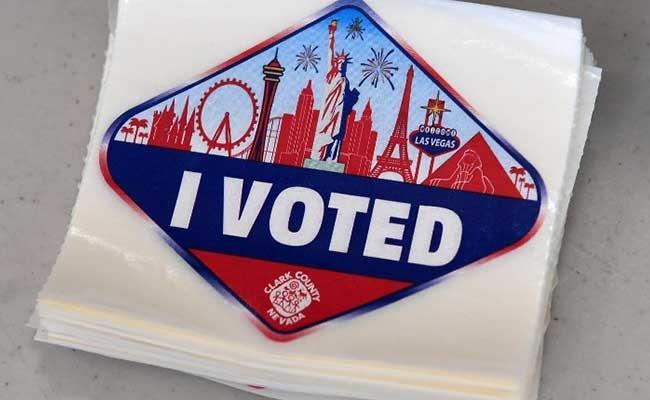
- galaxy
- 01 Nov 2024 07:35 AM
- U.S. elections, American history
The United States boasts an electoral system that is distinct from those of other nations, particularly regarding its timeline for transferring power. While many countries transition to new leadership swiftly after elections, the U.S. implements a measured approach, with voters casting their ballots in November and the new president being inaugurated the following January. This 11-week transition period, although seemingly lengthy, is actually a reduction from the four months originally allowed by the Constitution for the transfer of power from one president to their successor.
Historical Context
Federal elections in the U.S. take place on the first Tuesday of November. Historically, states conducted elections on various days until 1845, when a federal law standardized the election date nationwide. The timing was particularly advantageous for the largely agricultural society of the time. Early November allowed farmers to complete their harvests while still benefiting from favorable weather for travel. Additionally, certain days were excluded from voting: Sunday was set aside for worship, Wednesday served as a market day, and travel logistics ruled out Monday and Thursday as election days. Thus, Tuesday emerged as the most practical choice for voting.
From Four Months to Under Three Months
The need to expedite the swearing-in process for newly elected presidents arose during the Great Depression, prompting leaders to reduce the extended “lame duck” period from four months to less than three. A “lame duck” refers to an elected official whose successor has already been elected, leaving them politically weakened. The 20th Amendment, ratified in 1933, officially moved the inauguration date to January 20, ensuring that presidential elections remained in early November while allowing for a smoother transition of power.
Logistical Considerations
One of the primary reasons for the transition gap is to ensure a seamless handover of authority. After the election, the president-elect and their team require time to prepare for governance. This preparation involves assembling a cabinet, formulating policies, and addressing pressing national issues. The period between the election and inauguration provides the incoming administration with the opportunity to establish a foundation for its agenda.
Additionally, the Electoral College system, which determines the president weeks after the popular vote, contributes to this delay. Unlike parliamentary systems where the winning party can assume power immediately, the U.S. system necessitates this transitional phase. Despite the wait, the president-elect gains access to transition funding and receives essential briefings from the outgoing administration, facilitating an effective transfer of power.
In summary, the U.S. electoral transition from election day to inauguration day reflects historical decisions, logistical necessities, and a desire for continuity in governance, making it a unique aspect of the American political landscape.






































